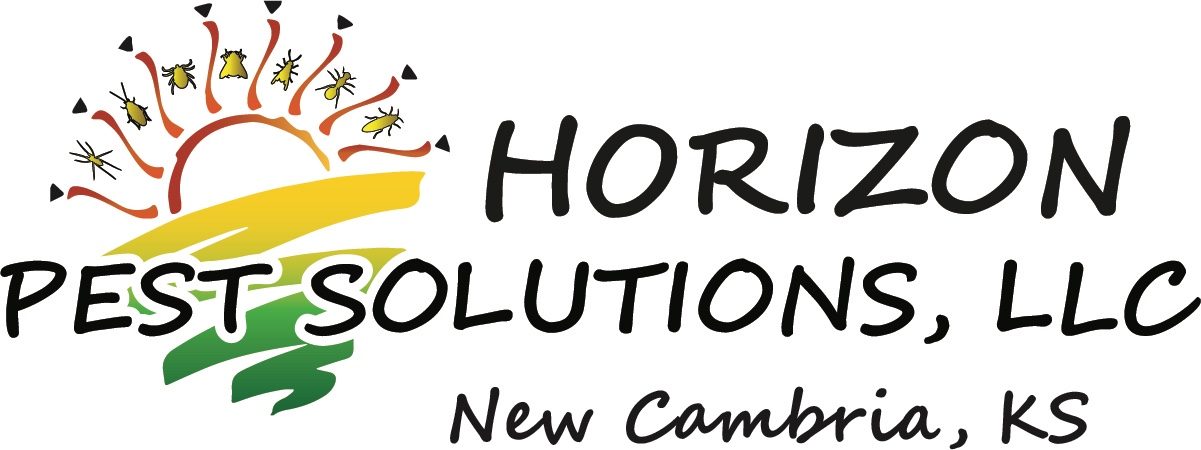During this pandemic, I keep hearing about how we all should take our down time to learn something, like a new skill, or get some education. I haven’t really had that much down time. I am one of those essential workers. I am fortunate enough to still work 40 hours a week. Although, some of it is at home doing training.
Evening time with my family is quite different. I am cooking meals every night while restaurants are closed. Some really good food comes from my slow cooker. I actually followed a baking recipe, and it turned out awesome. My Granny would be proud that I made banana bread for the very first time.
**************
I started thinking about how different grains are used to make flour. The most common for an all-purpose blend uses wheat – specifically, Hard Red Winter wheat. Recently, I’ve been using a sorghum/rice blend AP flour for my treats. What I have found is that the cook time for wheat takes a few minutes longer, but I am liking the texture of the sorghum blend better. And the plus side… it’s easier on my digestive system. I’m not necessarily gluten free, but I know some of you are.
I began to compare how different stored product pests are attracted to different types of grain. Some are internal feeders. Some are external feeders. The larva of some are the detrimental pest, not the adults.
===============

Let’s start with the Flour Beetle. They are the most common pantry pest. If you’ve got broken pasta, old boxes of cereal, and of course, flour, you’ll probably find these small, reddish brown beetles nearby. They are feeding in the dust in the packaging, and could cause issues with their cast skins and feces in food products. Yuck!

Indian Meal Moths: The larva are the damaging stage of this insect. They commonly feed on seeds, dried fruit, spices, and pet food. When you see the adult moth fluttering around, this is a sign that the infestation has grown.

Weevils: These long-snout insects feed on whole grains and can lay eggs -up to 250 – in each hole they make in grain kernels. The larva feed on the inside of the grain kernel until they pupate.
###########
The best way to start getting rid of them is simple sanitation. Throw out the infested packages and clean. Then, call the pest management professional.
As of this post, I am still using precautions to social distance. I am still making meals at home, and getting ready for holiday meals. You can be assured that I WILL check all of my raw ingredients for infestation. 🦃Bon Appetit. 🎄
🥾🦺🧤🥽🧢GIRL TALK FEATURE

